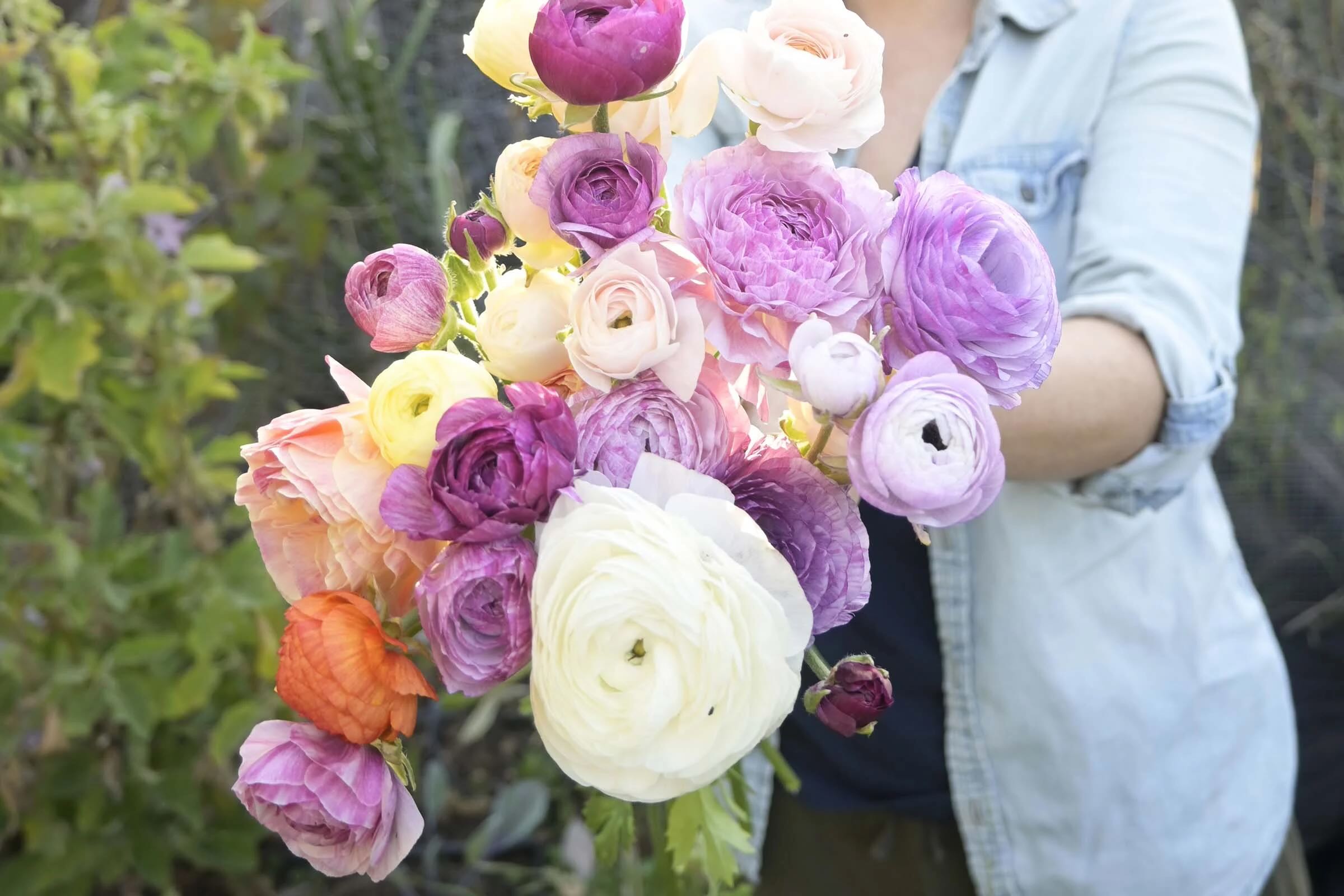
Ranunculus flowers, often called buttercups, are a favorite among gardeners and florists. These vibrant blooms come in a variety of colors, including yellow, pink, red, and white. Did you know that Ranunculus is part of the Ranunculaceae family, which includes over 600 species? These flowers are not just pretty faces; they have a rich history and some surprising facts. For instance, the name "Ranunculus" comes from the Latin word for "little frog," as these plants often grow near water. Want to know more about these fascinating flowers? Here are 32 facts that will make you appreciate Ranunculus even more!
What is Ranunculus?
Ranunculus, often called buttercups, are vibrant flowers known for their layers of delicate petals. These blooms are popular in gardens and floral arrangements due to their stunning appearance and variety of colors.
- Ranunculus is part of the Ranunculaceae family, which includes over 600 species.
- The name "Ranunculus" comes from the Latin word for "little frog," likely because these plants thrive in moist environments.
- These flowers are native to regions in Europe, Asia, and North America.
- Ranunculus blooms are often used in wedding bouquets due to their romantic, lush appearance.
- They come in a wide range of colors, including white, yellow, pink, red, and orange.
- Ranunculus flowers are known for their long vase life, often lasting up to 10 days when cut.
Growing Ranunculus
Growing Ranunculus can be a rewarding experience for gardeners. These flowers require specific conditions to thrive, but with the right care, they can produce stunning blooms.
- Ranunculus prefers well-drained soil and full sun exposure.
- Planting Ranunculus bulbs in the fall allows them to establish roots before winter.
- These flowers need to be watered regularly but should not be overwatered to avoid root rot.
- Ranunculus can be grown in containers, making them versatile for different garden spaces.
- They are typically planted about 2 inches deep and 4-6 inches apart.
- Adding compost or organic matter to the soil can help improve drainage and provide nutrients.
Ranunculus in History and Culture
Ranunculus has a rich history and cultural significance. These flowers have been admired and used in various ways throughout the centuries.
- In ancient times, Ranunculus was used in traditional medicine for its purported healing properties.
- The Victorians used the language of flowers to convey messages, and Ranunculus symbolized radiant charm.
- In Persian culture, Ranunculus is often associated with beauty and elegance.
- These flowers have been depicted in art and literature, symbolizing love and attraction.
- Ranunculus is sometimes referred to as the "rose of the spring" due to its early blooming season.
- They are popular in floral arrangements for special occasions like weddings and anniversaries.
Interesting Facts About Ranunculus
Ranunculus flowers have some fascinating characteristics that make them unique among other blooms.
- Each Ranunculus flower can have up to 130 petals, giving it a full, lush appearance.
- The flowers are often mistaken for roses or peonies due to their layered petals.
- Ranunculus plants can grow up to 12-24 inches tall, depending on the variety.
- These flowers are known for their ability to attract pollinators like bees and butterflies.
- Ranunculus is toxic to pets and humans if ingested, so they should be handled with care.
- The flowers can change color slightly as they age, adding to their visual interest.
Ranunculus Varieties
There are many different varieties of Ranunculus, each with its unique characteristics and appeal.
- The Persian Buttercup (Ranunculus asiaticus) is one of the most popular varieties, known for its vibrant colors.
- The Tecolote Giant Ranunculus is prized for its large, showy blooms.
- The Bloomingdale Ranunculus is a compact variety, ideal for container gardening.
- The Picotee Ranunculus features petals with contrasting edges, creating a striking appearance.
- The Amandine Ranunculus is known for its early blooming season and long stems.
- The Elegance Ranunculus has a more refined, delicate appearance compared to other varieties.
Caring for Cut Ranunculus
Cut Ranunculus flowers can brighten up any space. Proper care can ensure they last as long as possible.
- To extend the vase life of cut Ranunculus, trim the stems at an angle and change the water every few days.
- Keeping the flowers in a cool, shaded area can help them stay fresh longer.
The Beauty of Ranunculus
Ranunculus flowers, with their vibrant colors and intricate petals, have captivated gardeners and flower enthusiasts alike. These blooms, often mistaken for roses or peonies, bring a touch of elegance to any garden or bouquet. Known for their long vase life, they make excellent cut flowers, brightening homes for days.
Growing ranunculus isn't too tricky. They thrive in well-drained soil and sunny spots. Planting them in the fall ensures a stunning spring display. With proper care, these flowers can bloom profusely, rewarding gardeners with their beauty.
Beyond their aesthetic appeal, ranunculus flowers have a rich history and cultural significance. They symbolize charm and attractiveness, making them popular in wedding bouquets and romantic arrangements.
Incorporating ranunculus into your garden or floral designs adds a splash of color and a touch of sophistication. Their timeless beauty and versatility make them a favorite among flower lovers.
Was this page helpful?
Our commitment to delivering trustworthy and engaging content is at the heart of what we do. Each fact on our site is contributed by real users like you, bringing a wealth of diverse insights and information. To ensure the highest standards of accuracy and reliability, our dedicated editors meticulously review each submission. This process guarantees that the facts we share are not only fascinating but also credible. Trust in our commitment to quality and authenticity as you explore and learn with us.
